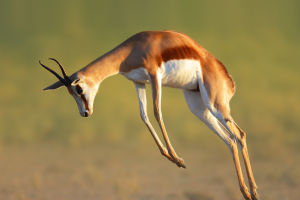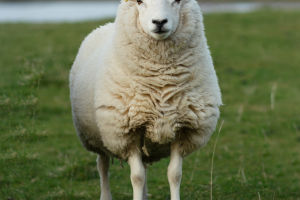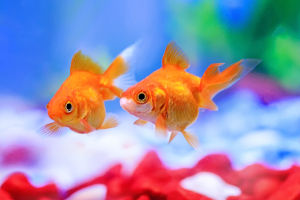Parrots have long been cherished as popular pets, bringing joy and vibrant colors into our lives. Among the diverse array of parrot species, one stands out for its captivating beauty and charm—the Golden-Mantled Rosella(also called Eastern Rosella).
Originating from the sun-kissed lands of Australia, this avian gem has become a sought-after choice for bird enthusiasts worldwide. With its striking red plumage, complemented by hints of blue on its wings, the Golden-Mantled Rosella is a captivating sight to behold.
When it comes to choosing a pet parrot, the Golden-Mantled Rosella has gained immense popularity for its ornamental appeal and delightful temperament. Known for its docile nature and ability to thrive in captivity, this species has become a favorite among devoted parrot lovers.
However, it's essential to delve deeper into the characteristics and care requirements of this enchanting bird to ensure a harmonious and fulfilling companionship.
The Golden-Mantled Rosella boasts an average lifespan of around 15 years and reaches a length of approximately 30 cm.
While both young birds and adult females share similar appearances, the female exhibits a slightly lighter overall coloration, particularly on the head and chest feathers, compared to the vibrant hues displayed by the males.
Feeding these parrots involves providing a well-balanced diet to support their health and vitality. The primary food sources for Golden Cloak Rose Parrots include Canary seeds and millet, which form the core of their nutritional intake.
In addition to these mainstays, supplementing their diet with sunflower seeds, along with small portions of vegetables and fruits, ensures a varied and nutritious menu, contributing to their overall well-being.
Breeding the Golden-Mantled Rosella can be an exciting endeavor for experienced bird enthusiasts. To ensure a successful breeding process, it's crucial to establish the bird's health and well-being from the beginning.
Thoroughly checking for roundworms, which are common during the juvenile period, is imperative before bringing a parrot home.
These captivating parrots typically begin breeding around 11 months of age. However, it's advisable to wait until they reach 18 months to allow for optimal maturity.
During the breeding season, females lay approximately 2 to 4 eggs, which they diligently incubate until hatching. Interestingly, in captivity, the Golden-Mantled Rosella has an extended breeding period of around 10 years, setting it apart from other parrot species.
Caring for the Golden-Mantled Rosella requires attention to detail and a holistic approach. Providing a comfortable and spacious cage, regular exercise opportunities, and mental stimulation through toys and interaction are vital aspects of their well-being.
Additionally, maintaining proper hygiene, providing fresh water, and ensuring a well-balanced diet contribute to their overall health and happiness.
If you're captivated by the allure of the Golden-Mantled Rosella, be prepared to embrace the responsibilities that come with caring for these delightful creatures.
Their striking appearance and gentle disposition make them a joy to behold. With proper care and attention, the Golden-Mantled Rosella can become a cherished companion, bringing colorful moments of companionship and happiness to your life.


